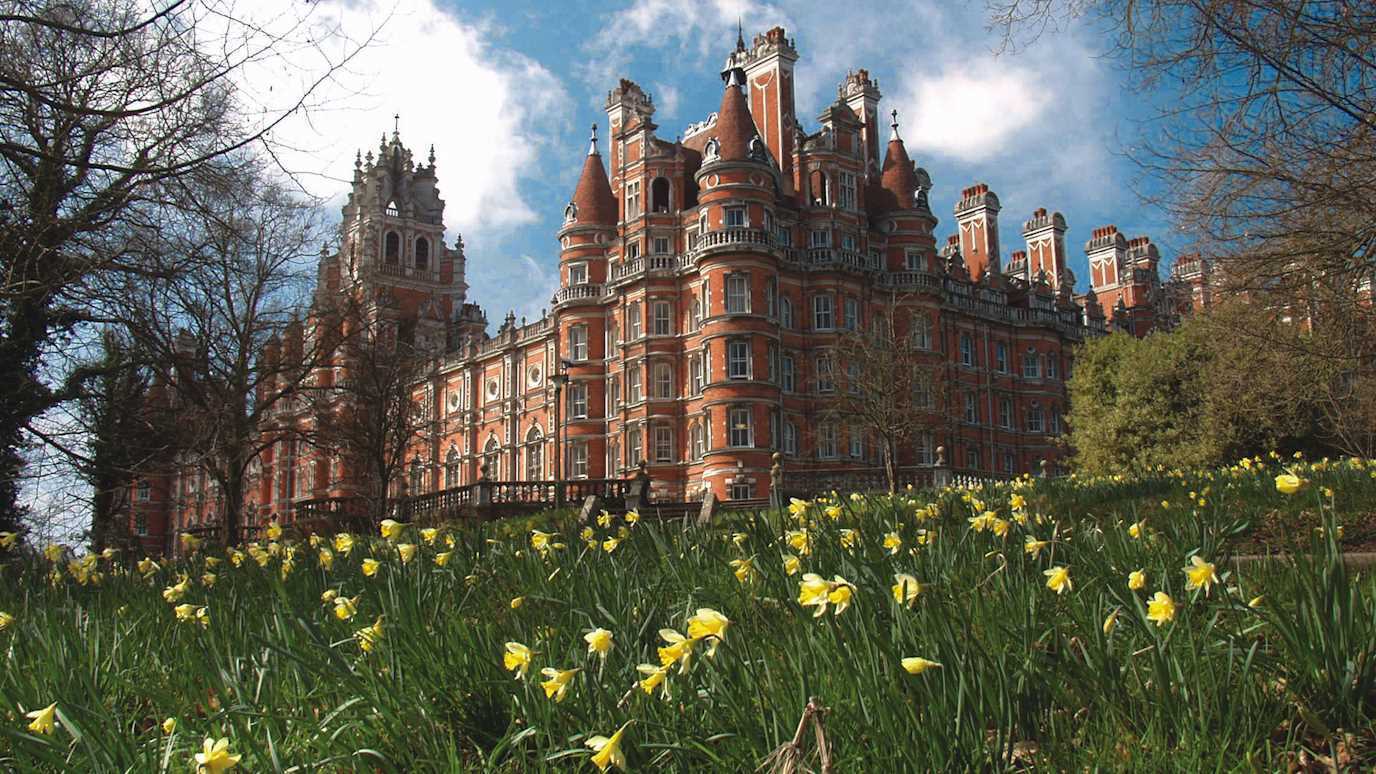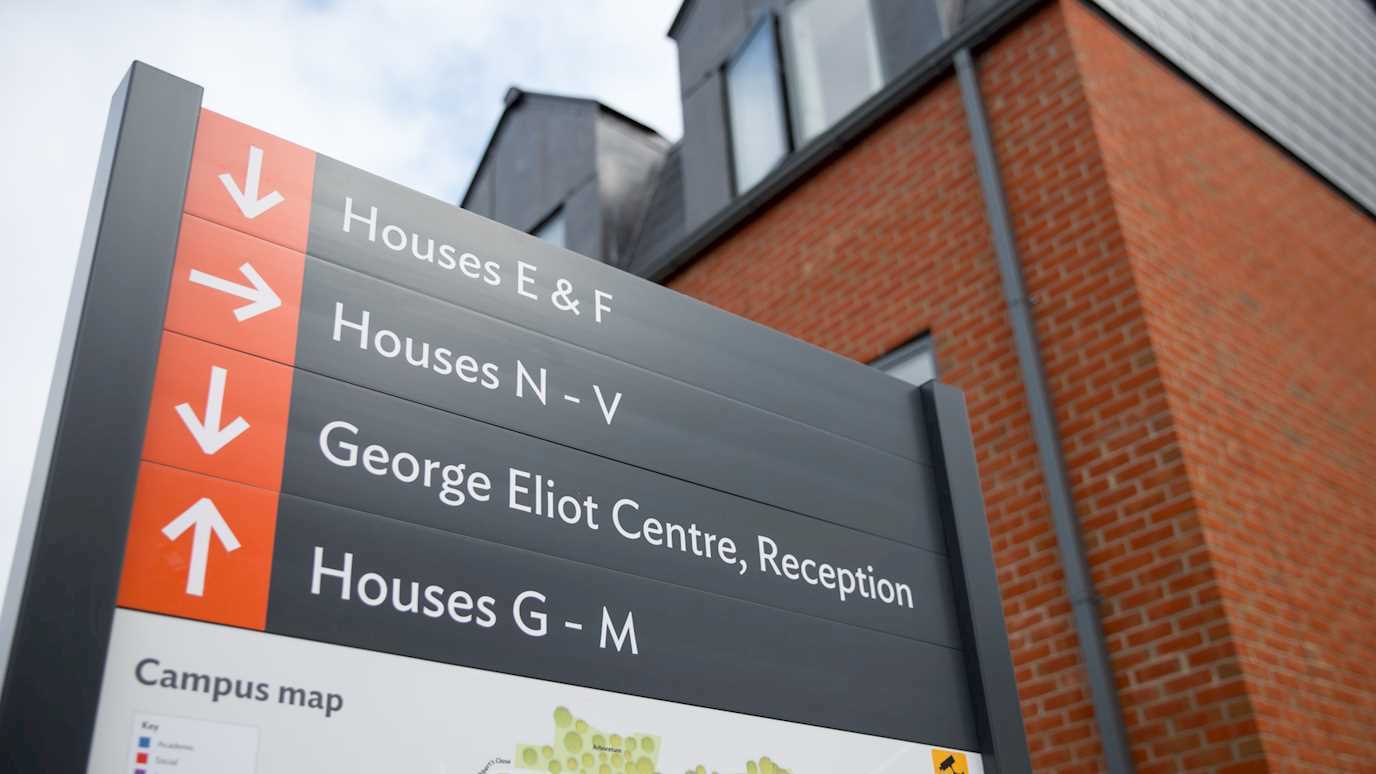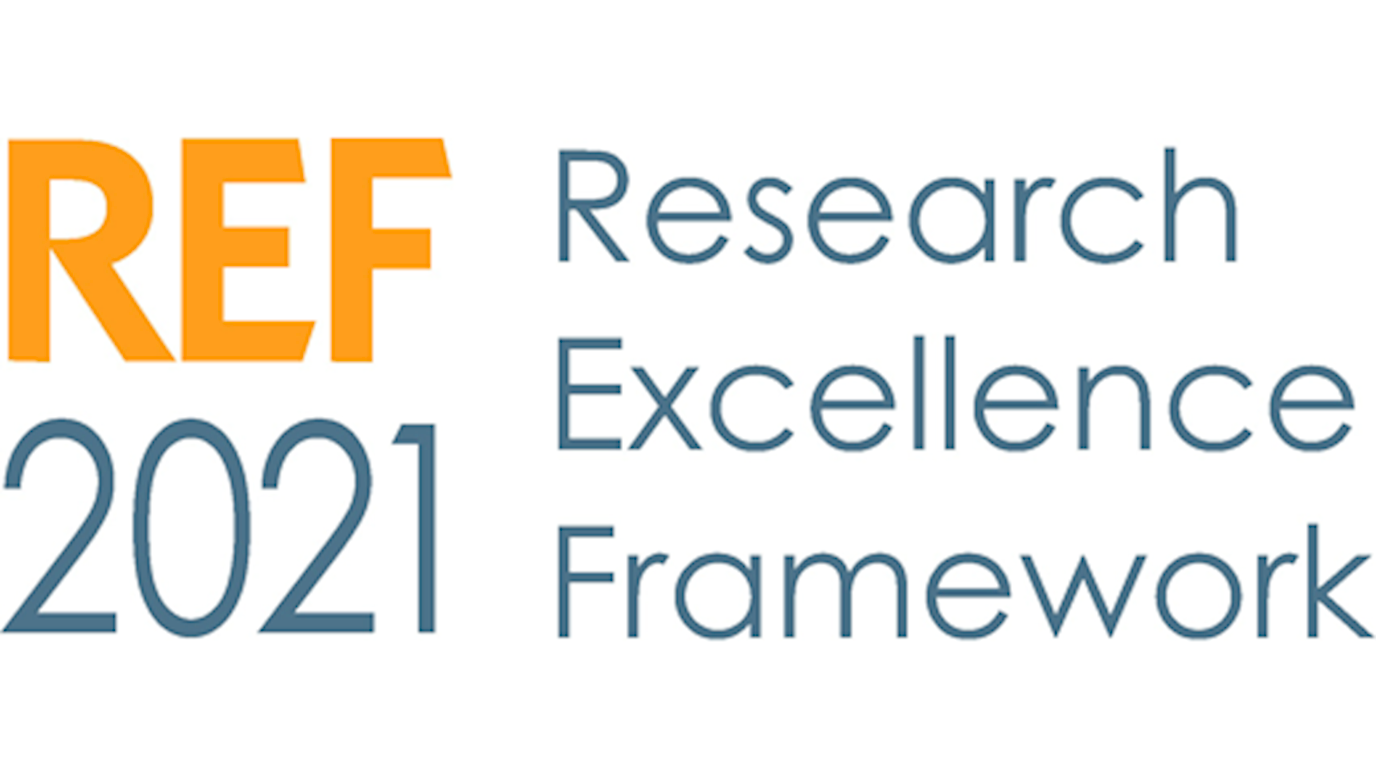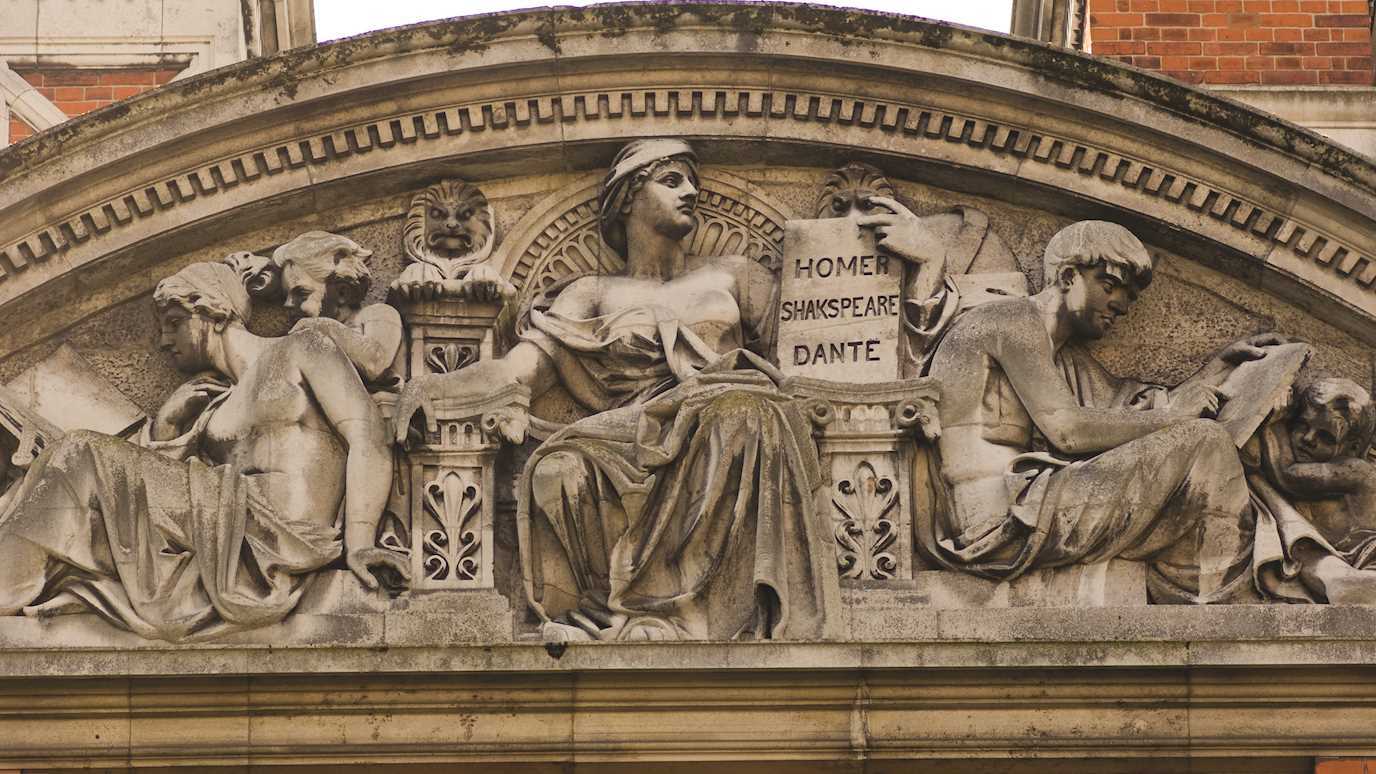Mark Lee
Nature-based solutions work with the natural world to solve some of the key challenges that we face. We are interested in how we can use nature-based solutions and emerging technologies (such as robotics, AI, and drones) to help to solve some of these challenges. This could be by enhancing carbon sequestration (taking greenhouse gases out of the atmosphere and locking it up in plants and soils), providing diverse habitats for wildlife to thrive and creating an environment for people to explore and enjoy. We work across different landscapes from woodlands, grasslands, and wetlands, to managed landscapes such as arable and livestock farms. Our aim is to use a scientific approach to understand the relationships between the climate, plants, and soils, to make management recommendations so that our landscapes deliver more for people and nature, whilst also developing new technologies that can be used in the field.

Projects
N2Vision+
A robot-enabled, data-driven machine vision tool for nitrogen diagnosis of arable soils
Increasing crop productivity with reduced inputs and lower impacts on the environment is a major challenge for global food production. Optimal nitrogen (N) fertilisation can increase crop production and enhance soil fertility. On the other hand, high N inputs are costly for farmers and result in reductions in plant biodiversity, pollution of natural ecosystems and increases in emissions of the potent greenhouse gas, nitrous oxide.
Current spend on fertilisers by UK farmers is £1.345bn. At present excessively high N fertiliser rates are used by farmers because they are not aware of the areas of land where N is excessive, optimal or deficient. Accurate detection of soil N is crucial for the economic and environmental sustainability of cropping systems. The current practices in determining soil N is costly, destructive, labour intensive and time consuming and so high N inputs are common.
Driven by the needs of the growers, in our previously funded feasibility project (N2Vision) we have successfully demonstrated the technical feasibility of a novel non-destructive robot enabled AI vision system for automated N diagnosis in plants and soil. Our initial cost-benefit analysis and farm survey shows our system has potential to cost reduction by 27% and farm profitability increase by 17%, with emission savings of 65%, comparing to current farm practices.
Building on our existing innovation, the goal of this collaboration between industry and academia is to create a commercial robot for automated soil nitrogen monitoring and application. We will showcase how to further improve our existing innovations by optional modular add-on sensors such as 3D mapping (360-degree), soil analysis, leading to automated cost-effective data collection and N monitoring at scale. We will also simulate robotic foliar nitrogen application in a field trial, which has the potential to greatly reduced N usage and costs.
More information: https://n2visionai.wordpress.com/
Nature Returns
Nature Returns: Nature-based solutions for climate change at the landscape scale
“Nature Returns is about collaboration across government and the private sector to explore head-on some of the biggest challenges we face: how can we best use land across England to address climate change whilst producing food and promoting thriving nature?”
Dr Tim Hill, Chief Scientist at Natural England
This project is carrying out research to inform UK government Net Zero policies and trial UK government funded 'nature-based solutions' trial sites.
The project has two strands, one led by Nature England establishing and monitoring pilot sites to demonstrate nature-based solutions projects to increase carbon storage (and increase biodiversity) and one led by RBG Kew, Royal Holloway and the University of Sussex which is a high-resolution project quantifying carbon storage and GHG emissions and understanding the underlying drivers of change. The aim is to improve our understanding of carbon storage and fluxes and to make recommendation to policymakers to support our net zero ambitions.
We are the work package lead of the greenhouse gas flux work package measuring GHG fluxes at high resolution to better quantify greenhouse gases emissions, carbon storage and inform management decisions to increase carbon sequestration contributing to net-zero. High resolution data is being gathered to quantify greenhouse gas fluxes from different ecosystems across the UK.

To read more:
How is Kew providing scientific evidence for UK nature-based solutions? | Kew
Nature-based solutions for climate change at the landscape scale
Communicating carbon: The voices behind Nature Unlocked | Kew
Enhancing natural capital on farms
Projects investigating farm management strategies to increase the societal benefits on farms, whilst also retaining yields. In particular, we are interested in practices with increase carbon, biodiversity and wellbeing. One example being the optimal management of hedgerows to sequester carbon and provide habitat to support biodiversity. This may have potential secondary benefits such as increasing populations of beneficial insects to combat crop pests.
MSc thesis by James Williams (2023): Investigating the hedge effect: exploring hedge proximity and its influence on soil organic carbon and carbon dioxide emissions - https://kew.iro.bl.uk/concern/thesis_or_dissertations/fe683006-f671-4f6d-a635-4f2ad858b926






















